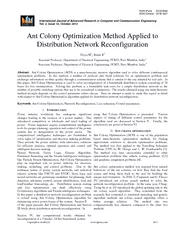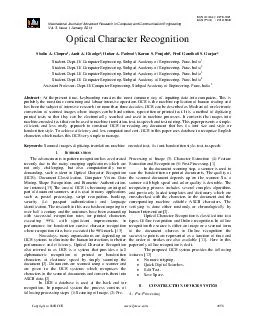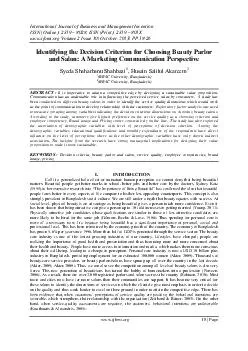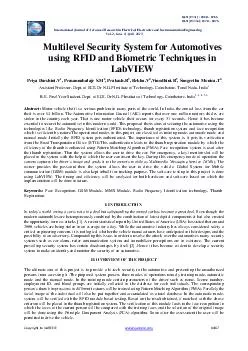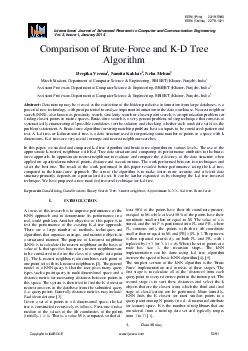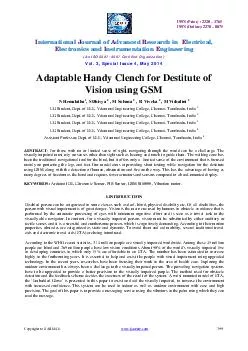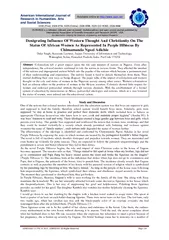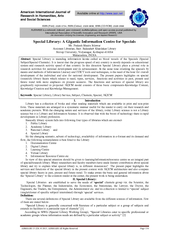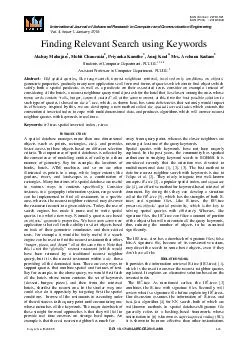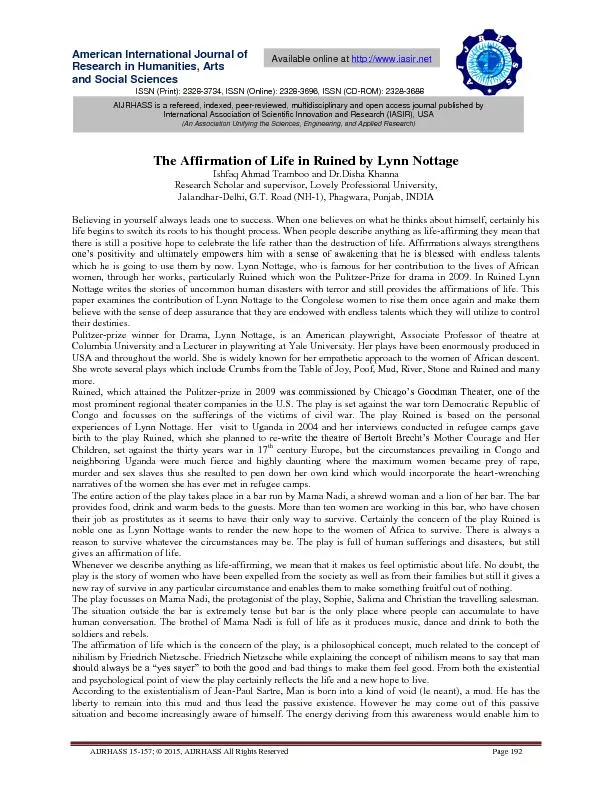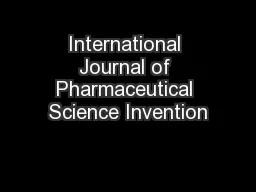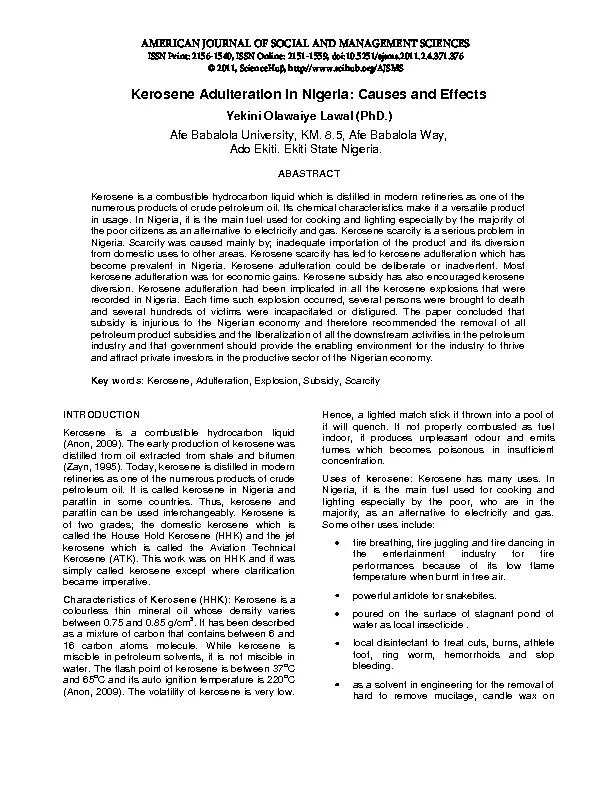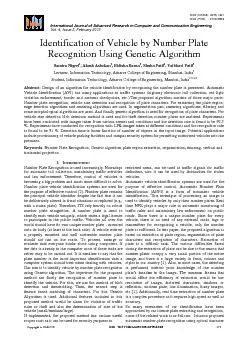PDF-ISSN Print ISSN Online International Journal of
Author : sherrill-nordquist | Published Date : 2015-04-09
Issue 10 October 2013 Copyright to IJARCCE wwwijarccecom 3817 Ant Colony Optimization Method Applied to Distribution Network Reconfiguration Divya M Bindu R Assistant
Presentation Embed Code
Download Presentation
Download Presentation The PPT/PDF document "ISSN Print ISSN Online Internation..." is the property of its rightful owner. Permission is granted to download and print the materials on this website for personal, non-commercial use only, and to display it on your personal computer provided you do not modify the materials and that you retain all copyright notices contained in the materials. By downloading content from our website, you accept the terms of this agreement.
ISSN Print ISSN Online International Journal of: Transcript
Download Rules Of Document
"ISSN Print ISSN Online International Journal of"The content belongs to its owner. You may download and print it for personal use, without modification, and keep all copyright notices. By downloading, you agree to these terms.
Related Documents

